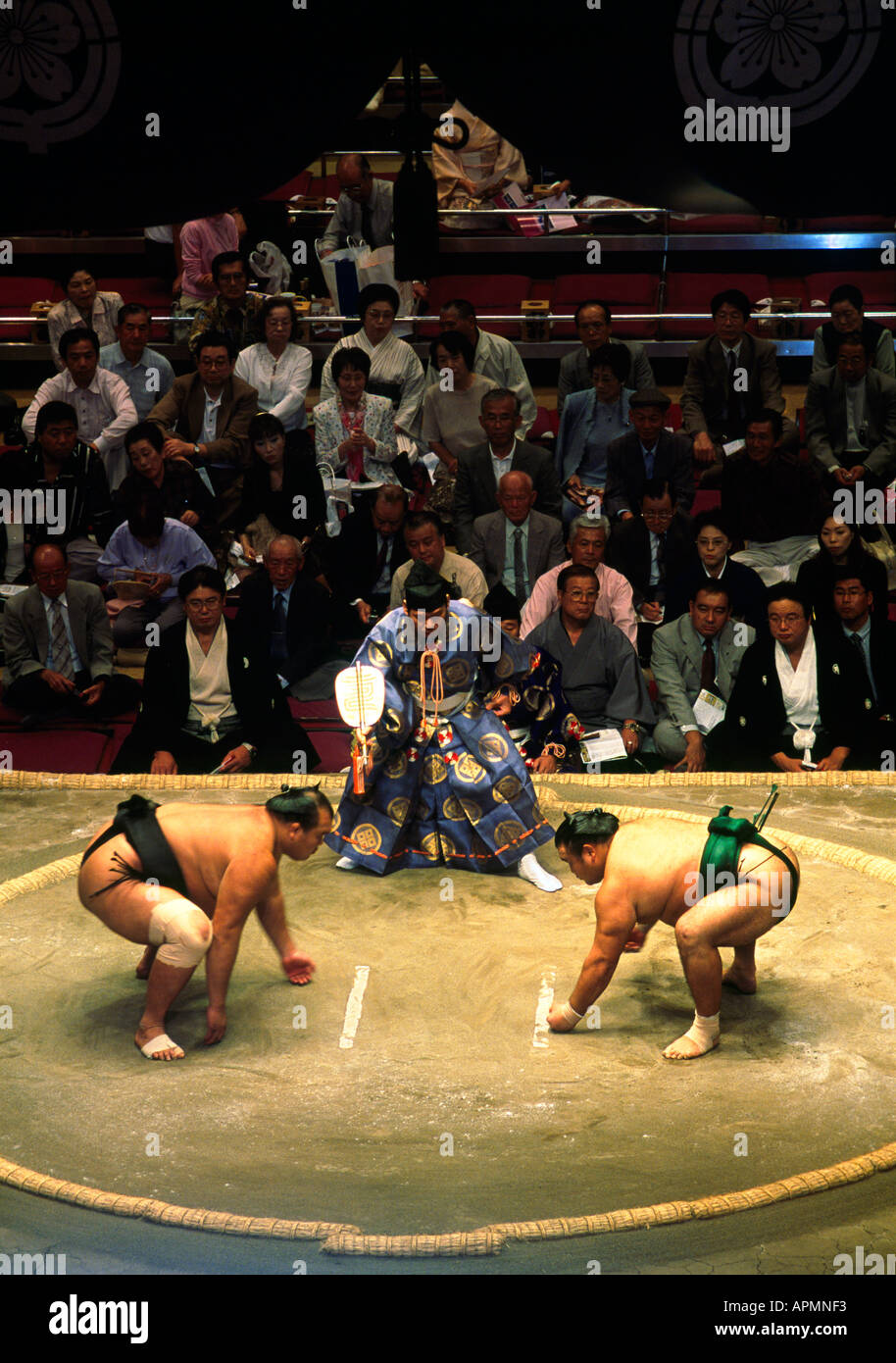

Previous research shows that a rikishi who is obese may still have excellent health parameters. However, it is unclear if this was because of his genes or his lifestyle. Reports say Shobushi, who was still competing, was diabetic. Rikishis use their superior body weight and strength to push an opponent out of the ring or force any part of the body, other than the soles of feet, to touch the ring.ĭon’t miss from Explained | The G4 flu virus with ‘pandemic potential’, found by Chinese researchers? OK, but does the fact that rikishis look obese mean they are prone to health issues? There are no weight restrictions in sumo wrestling in Japan, and hence the aim is to get heavier as well as stronger and more flexible. The average calorie intake of a rikishi is between 7,000 and 10,000 a day (the calorie intake of an average human being is between 2,000 and 2,500). They have large portions of Chanko twice a day and sleep shortly after each of these binge-eating sessions. The typical meal of a rikishi is the high-protein Chankonabe or Chanko, which is a broth of vegetables, including bok choy, fish, chicken, meat, mushroom, onions, and eggs. The first half of the day is spent in strenuous training and practice, which means they are very hungry when it is meal time. Though they start their day at dawn, the first meal they have is around noon. He diagnosed with hypertension, and initially found it difficult to walk for short distances without aches and pains after his retirement.Įxplained | If you are infected: demystifying Covid-19 careĮxercising while intermittent fasting is widely prescribed these days by some fitness experts, but the big men from Japan have been doing it for years.

When he was active, Mikhakhanov would have two huge meals a day, and would gulp down a crate of beer and 200 pieces of sushi before going to bed. But there is no sense in ending up ill,” Mikhakhanov said. It is true you cannot do training unless you eat. Nobody in your sumo stable cares about you. “You are the only person that can take care of you.

“It’s never easy to stay healthy as long as you’re living the life of a sumo wrestler,” Mikhakhanov was quoted as saying by Asahi Shimbun. A year after adopting a fitness regimen of walking, having five small meals a day, and not eating after 7 pm, Mikhakhanov lost 100 kg. After calling it a day in 2018, he returned to his home town and took it upon himself to improve his health. Mikhakhanov is from the Republic of Buryatia near Serbia, and used the name ‘Orora’ when he was a sumo wrestler. Asahi Shimbun reported that Shobushi was diabetic and doctors cited “poor health” as one of the reasons for his death after testing positive for Covid-19. Last week, the heaviest-ever rikishi, Anatoly Mikhakhanov, who weighed 292.2 kg just before he retired, was vocal about the ill-effects of eating to gain kilogrammes in the sport. But why is there a debate on the diet of the rikishis?


 0 kommentar(er)
0 kommentar(er)
